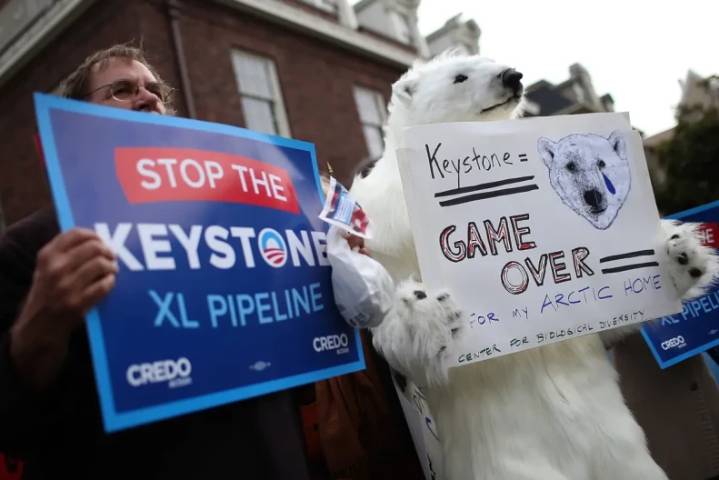This story was originally published by Grist. Sign up for Grist's weekly newsletter here.
What do an offshore wind farm in New York, a campaign to install 275,000 heat pumps in Maine, and the cancellation of the Keystone XL pipeline have in common? They were all the result of “community-based strategies” with involvement or leadership from local grassroots groups. Advocates say this is a powerful and relatively cheap way of driving climate action, especially as the Trump administration rolls back as much progress as it can.
A new report is the first to put hard numbers to that effectiveness in the United States and Canada. The analysis quantifies how much carbon a given law, protest movement, or clean energy project will keep out of the atmosphere. It also calculates the amount spent on

 Louisville Public Media
Louisville Public Media

 The Gazette
The Gazette KCRG Iowa
KCRG Iowa Newsday
Newsday NBC4 Washington
NBC4 Washington